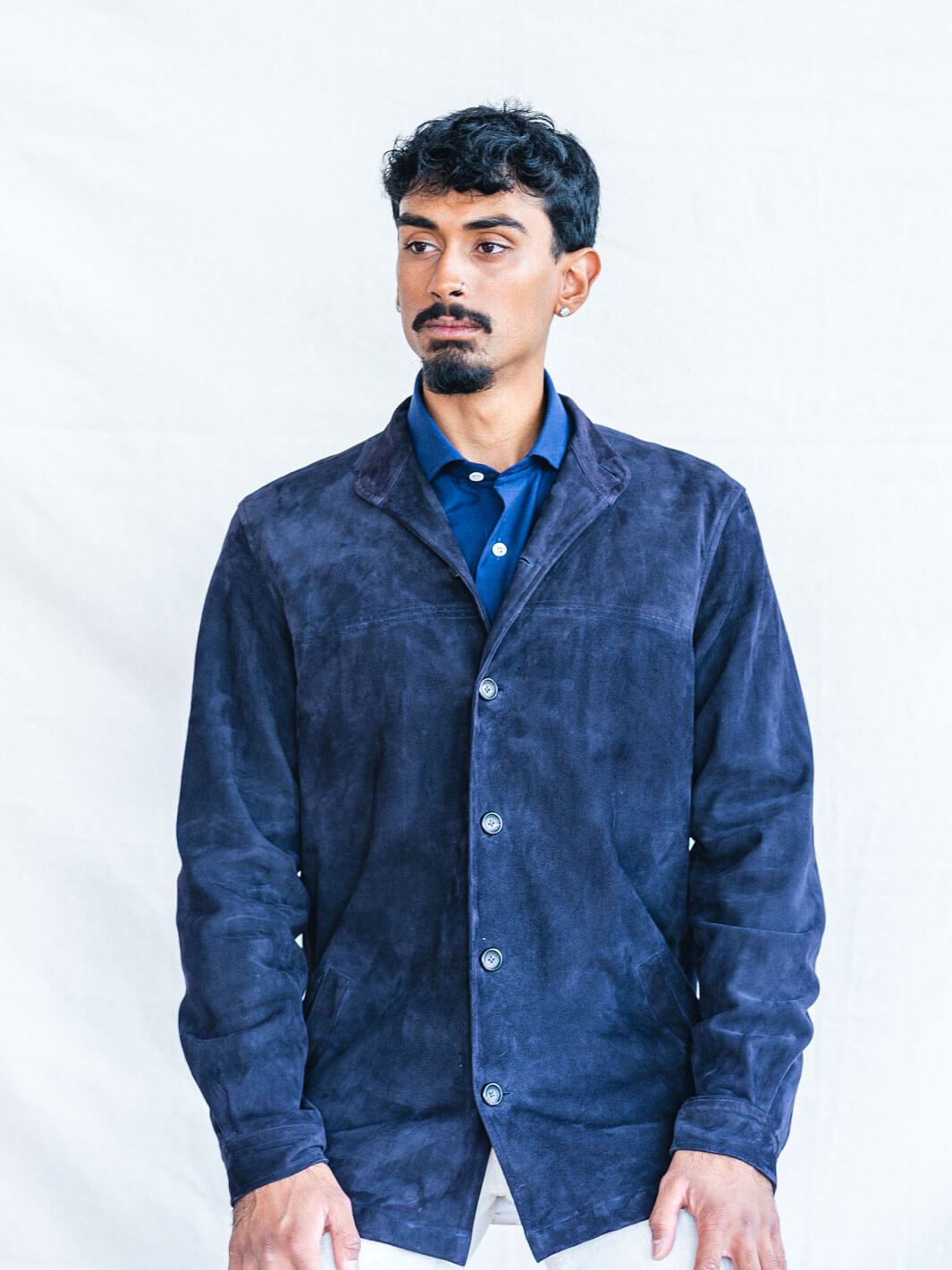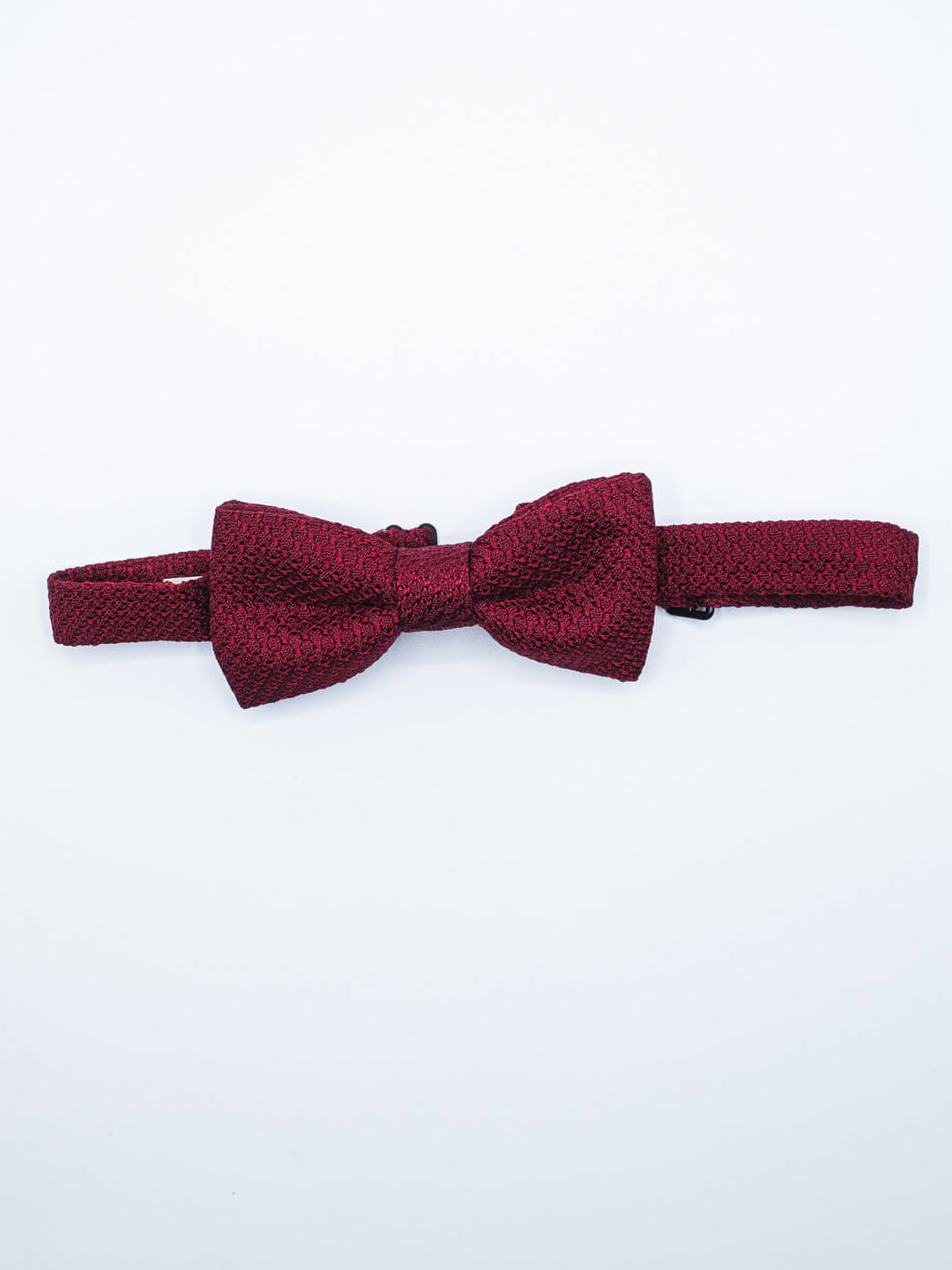What’s the link between the Corleone family in The Godfather trilogy, Pierce Brosnan’s amoral MI6 agent in The Tailor of Panama and Daniel Craig’s James Bond? Apart, of course, from them all being iconic, sartorially deft male protagonists in the movies? The answer can be found in an unlikely setting: an unimposing brick building, nestling in a valley in the hills of Yorkshire, close to the town of Huddersfield, northern England.
The town in question has been prodding the boundaries of cloth making and weaving excellence for over 500 years; the edifice in question is the Bower Roebuck mill owned by Scabal – maker of supreme quality fabrics for many of the finest tailors and apparel makers in the world, and by proxy many of Hollywood’s leading men (their cloth has also graced the forms of Benedict Cumberbach, Sean Connery, Clive Owen and Colin Firth).
If Savile Row tailors are on an ongoing mission to ensure classic menswear remains modern and relevant for all eternity, their neighbor at Number 12 – Scabal, which was founded by Otto Hertz in 1938, has been a Savile Row fixture since 1972, as well as having a strong presence in Brussels – is the go-to provider of the literal materials to bring that mission to fruition.
In its back catalogue are extraordinary fabrics such as "Orchid," a Super 150 merino wool infused during weaving with the scent of the flower after which it is named; "Luxxor," a Super 130s textile featuring a blend of cashmere and vicuna; and "Summit" – so named because it is the pinnacle of Scabal’s quest to create the wool fabric with the lowest micron count in the world, and thus combine ultra-softness with tensility and strength.

For evidence of the drape and silhouette with which Scabal fabrics furnish garments, check out the 260-gram, navy pinstripe wool fabric of this generously lapeled, six-button double breasted suit. Or the 230-gram, 80 percent worsted mohair, 20 percent silk cloth from the "Mustang" collection used for this two-button suit, whose half-lined canvas makes it both boardroom and boulevard-ready. Both are examples, according to Scabal Chairman Gregor Thissen—who joined as CEO in 1991, and whose father Peter, over a 40-year tenure as CEO, oversaw the company’s expansion into America, then Japan—of Scabal’s ambition to push forward the tenets of timeless elegance.
“Thanks to the experience and expertise of our Brussels and Yorkshire design teams, we’re able to create very sophisticated and complex designs,” he says. “Having our own mill gives us full control over our extensive sample weaving capacities which gives us the chance to experiment with a vast array of designs, colors and techniques all the time seeking out new innovations and enhancements, especially in the performance of the fabrics themselves.”
Otto Hertz was a genuine visionary: In 1971, he persuaded Salvador Dali to recreate, on canvas, his vision of how men would dress by the turn of the century (Scabal released a fabrics collection in honor of the 12 resulting paintings 29 years later). His zealous approach to innovation is, Gregor says, alive and well to this day. “In terms of patterns and designs Scabal definitely has its own handwriting—an identity that’s quite different from other mills and merchants,” he says. “Even though we’re quite British in inspiration, we create global collections so there’s also an international flair to the fabrics.”

He continues: “Our group wide expertise is a crucial factor here. From intimate knowledge of wool quality and characteristics, to perfect understanding and control of the design, spinning, weaving and finishing process, we know how to best combine the endless possibilities that are available to us. Only when you select the best wools, find the correct spinning, cloth setting and finishing parameters can you be sure to get the best out of any quality of cloth.”
A fabric line Scabal is particularly proud of is The Royal Collection, from which Anatoly & Sons makes its double-breasted pinstripe suit. “Crafted from the finest Super 100’s wool, weighing 280g, it’s an ideal fabric for all four seasons,” explains Gregor. “The extra crimp in this superfine wool enhances its performance and drape, setting it apart as the best Super 100s available. A special finishing process is applied, giving the fabric a rich, luxurious appearance and superior handle, further improving its drape and elegance.”
Inevitably, Scabal has come to the table when it comes to the sartorial world’s new-found hunger for technical and performance fabrics: notably with The Fit Collection, made from Super Stretch fabric - which Anatoly & Sons incorporates in its FIT Slim Stretch Suit model. “It’s one of our most popular performance lines,” says Gregor. “Despite its lightweight 270g construction, it maintains its shape and resists creasing. It’s designed with a focus on fashionable, close-fitting garments.”
Surely, the ultimate authority on the quality of a mill’s fabrics is a respected tailor? Over to Richard Anderson, who has been operating on The Row since a parentship at Huntsman at the age of 18, and who set up his own eponymous tailoring establishment at Number 13 in 2001. “Scabal is one of those companies whose cloths exude a glamorous, contemporary elegance – especially their premium fabrics,” he says, adding that he holds particular regard for the company’s ultra-fine cloths. “From a tailoring point of view, they make up delightfully in terms of both drape and line.”









